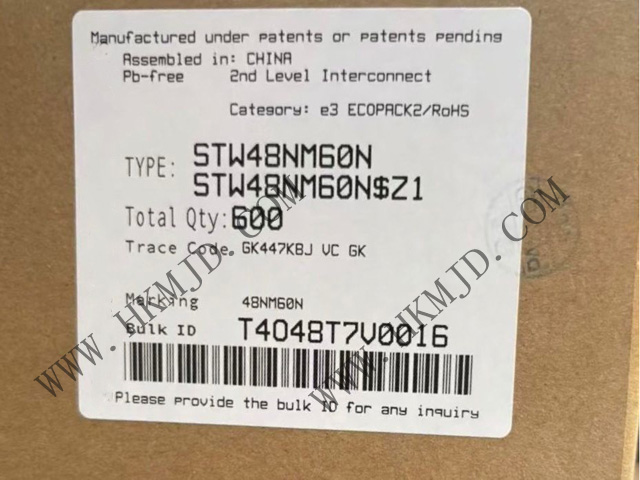Welcome Here Shenzhen Mingjiada Electronics Co., Ltd.

sales@hkmjd.com

sales@hkmjd.com

Service Telephone:86-755-83294757
 Latest Information
Latest Information Home
/Industry Information
/
Home
/Industry Information
/
Private LTE/5G network deployments for IoT applications to double tenfold in next five years
Private LTE/5G network deployments will increase tenfold between 2021 and 2026, according to a new research report by analysts at IoT analytics firm.Today, more than 1,000 private LTE networks are deployed worldwide, serving a variety of use cases. So…
Private LTE/5G network deployments will increase tenfold between 2021 and 2026, according to a new research report by analysts at IoT analytics firm.
Today, more than 1,000 private LTE networks are deployed worldwide, serving a variety of use cases. So far, private 5G network deployments have largely focused on trial and pilot deployments, with an estimated 200-300 networks. The number of private LTE/5G network deployments is expected to grow at a compound annual growth rate (CAGR) of 57% through 2026, reaching 13,500 networks by the end of the period.
IoT analysts define a private cellular network as a 3GPP-based private LTE/5G network built for use by private entities such as businesses or government organizations. A private LTE/5G network, referred to by 3GPP as a non-public network, uses the spectrum defined by 3GPP and LTE or 5G NR base stations, small cells and other radio access network (RAN) infrastructure to transmit voice and data to edge devices.
Advances in cellular technology, and the growing availability of dedicated spectrum across industries, are currently transforming the private cellular network market from a niche to a significant one. These developments have opened up a range of opportunities for the cellular ecosystem, driving a new wave of investment from established network equipment vendors, but also attracting new entrants into the space.
The major RAN vendors (Ericsson, Nokia and Huawei) all play an important role as integrated solutions providers and are challenged by many smaller RAN equipment providers including Airspan Networks, JMA Wireless, Mavenir, CommScope and Samsung Networks, they offer competitive LTE/5G radio products. Important specialist core networking software vendors include Druid Software and Athonet, as well as Affirmed Networks and Metaswitch, which have been part of Microsoft since mid-2020. With the trend of network function virtualization, major cloud service providers have increased their attention to the telecom market. In addition to AWS and Microsoft, Celona and Cisco are notable players that have recently entered the market.
"Spectrum availability is the most important factor in the adoption of private LTE/5G networks," said senior analyst. While CBRS bands in the U.S. allow for private LTE and 5G network deployment, organizations looking to deploy private LTE networks typically need spectrum through mobile operators in most other markets. A growing number of countries, especially in Europe, are introducing local licensing models for private 5G by national regulators. However, the private 5G ecosystem is still in its early stages, especially when it comes to devices.
He concluded: "As a wider range of 5G NR equipment becomes available, more and more trials of private 5G networks will transition to full deployments starting in 2023.

Time:2025-09-18

Time:2025-09-18

Time:2025-09-18

Time:2025-09-18
Contact Number:86-755-83294757
Enterprise QQ:1668527835/ 2850151598/ 2850151584/ 2850151585
Business Hours:9:00-18:00
E-mail:sales@hkmjd.com
Company Address:Room1239, Guoli building, Zhenzhong Road, Futian District, Shenzhen, Guangdong
CopyRight ©2022 Copyright belongs to Mingjiada Yue ICP Bei No. 05062024-12

Official QR Code
Links: